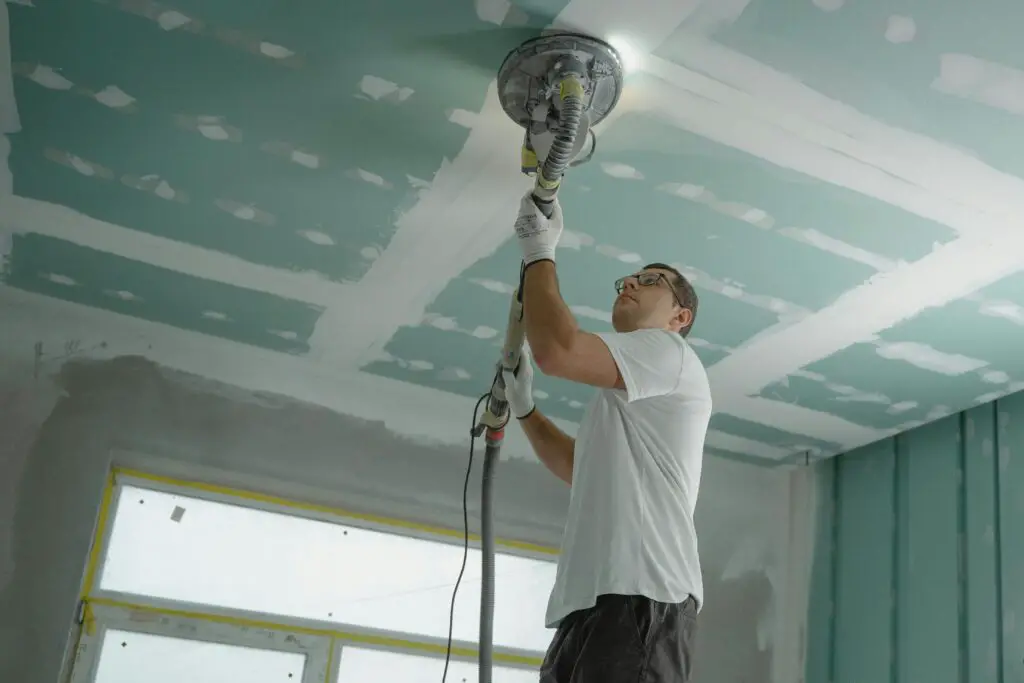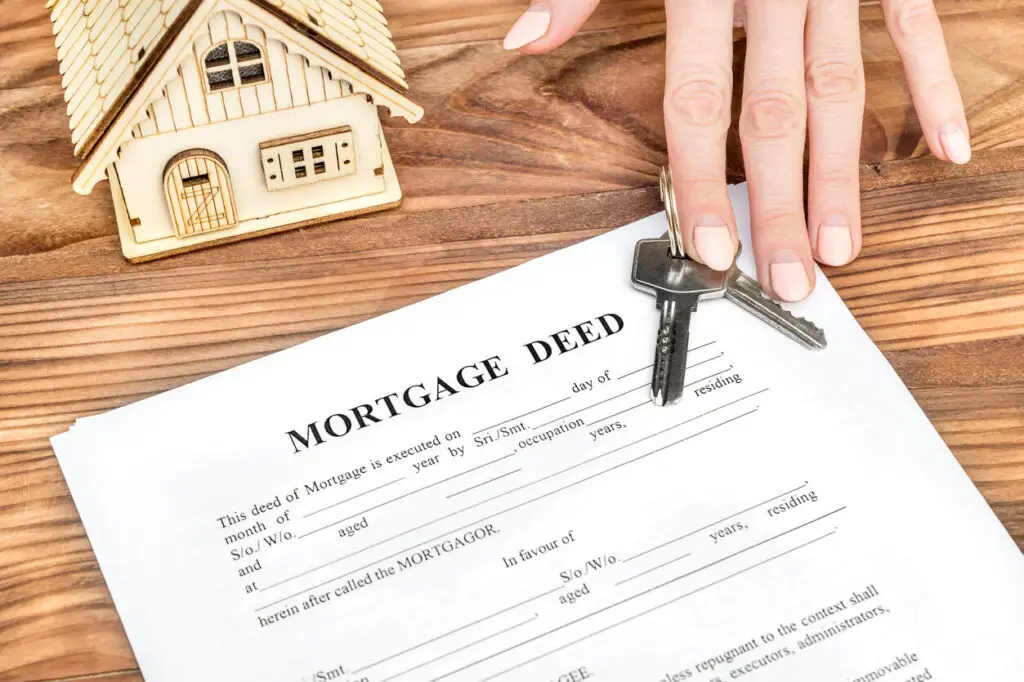1. You Need a 20% Down Payment to Buy a Home

A lot of buyers still think the 20% down payment is a hard rule, but in 2025 that’s simply not true. Many loan programs, including FHA and some conventional options, allow down payments as low as 3–5%. Veterans and active military can still get VA loans with no down payment at all. The 20% standard comes more from avoiding private mortgage insurance (PMI) than from lenders requiring it.
The myth sticks around because 20% does make things easier—you’ll pay less each month and avoid PMI. But locking into that number can keep people out of the market longer than they need to be. For many buyers, saving for years just to hit 20% doesn’t make financial sense if home prices are climbing faster than their savings. A smaller down payment can still get you into a home and allow you to start building equity sooner.
2. You Should Always Buy Instead of Rent

The old advice that renting is “throwing money away” doesn’t always hold up. With today’s housing costs, renting can actually make more sense depending on where you live. In some metro areas in 2025, the monthly cost of owning is far higher than renting when you factor in insurance, taxes, and maintenance. For buyers in high-cost areas, renting while investing elsewhere may actually build wealth faster.
This myth sticks because owning is often tied to the “American Dream.” But the reality is that financial security doesn’t always come from homeownership—it comes from making choices that fit your lifestyle and income. For some, renting offers flexibility and less risk if job changes or relocations are likely. Buyers shouldn’t feel pressured to purchase just because of outdated advice.
3. The Market Always Goes Up

Plenty of buyers still believe that home values only rise, but the last few years have shown dips in some areas. Housing markets are cyclical, and factors like interest rates, supply, and local economies can push prices down. While real estate tends to appreciate over decades, short-term drops are possible. Believing otherwise can leave buyers unprepared for volatility.
This myth often comes from looking at long-term charts without zooming in on shorter cycles. If someone buys at the peak and needs to sell in a downturn, they can lose money. That doesn’t mean owning is a bad investment—it just means timing matters. Buyers need to think about how long they plan to stay put before assuming guaranteed growth.
4. Spring Is Always the Best Time to Buy

The spring homebuying season is popular, but it’s not always the smartest time to jump in. Yes, there are typically more listings, but that also means more competition. Bidding wars in spring can push prices up, making it harder for buyers to get a deal. In contrast, winter markets sometimes bring motivated sellers and fewer competing offers.
This myth persists because spring sales data often looks strong on paper. But the “best” time really depends on the local market and the buyer’s own needs. In 2025, online tools make it easier to track seasonal trends by region rather than relying on old rules. Flexibility often beats sticking to one season.
5. You Don’t Need an Agent If You Find Homes Online

Some buyers think browsing Zillow or Redfin is enough to skip working with an agent. But agents do more than unlock doors—they handle negotiations, contracts, and legal requirements. In 2025, with rules about buyer agent compensation shifting, the role of a good agent is more critical than ever. Without one, buyers risk costly mistakes or overlooked details.
This myth has grown because online platforms make searching feel DIY-friendly. But buying a house isn’t like booking a vacation rental—it’s a legally binding transaction with big money at stake. A good buyer’s agent can also spot red flags in properties or neighborhoods. They often save buyers more than they cost.
6. You’ll Always Get a Better Deal on a Fixer-Upper

HGTV has convinced plenty of buyers that a fixer-upper means instant equity, but that’s not always the case. In 2025, the cost of labor and materials remains high, making renovations pricier than people expect. Even “cosmetic” updates like new flooring or kitchens can run into the tens of thousands. For some buyers, the dream project quickly turns into a financial strain.
The myth survives because people love the idea of transforming a house into their vision. But unless you’re experienced or budget carefully, a fixer-upper can eat into savings faster than buying something move-in ready. In some cases, turnkey homes actually hold value better because updates are done to modern standards. Buyers should run the math before assuming a fixer is a bargain.
7. The List Price Is What the Seller Expects to Get

Buyers often assume the asking price is set in stone, but in reality it’s just a starting point. Sellers may price high to leave room for negotiation or low to spark a bidding war. In 2025, with markets varying widely by city, the list price may be more of a strategy than a true value. This can lead to confusion for buyers who take it at face value.
The myth sticks because in some cases, homes do sell right at or above list price. But in other situations, sellers expect to negotiate down. The key is looking at recent comparable sales, not just the list number. Buyers who anchor on the asking price may miss opportunities to negotiate effectively.
8. You Should Max Out Your Loan Approval

Getting pre-approved for a big mortgage feels exciting, but that doesn’t mean you should borrow the maximum. Lenders qualify you based on debt ratios, not necessarily your lifestyle or future plans. In 2025, with student loans and inflation hitting many households, maxing out can stretch budgets dangerously thin. A mortgage you can technically “afford” may leave no room for emergencies or goals.
The myth persists because people assume banks wouldn’t approve them for more than they can handle. But lenders only see the numbers, not your day-to-day reality. Financial comfort often comes from staying below your max approval. Buyers who leave some breathing room often feel more secure long-term.
9. You Should Waive Inspections to Win a Home

In competitive markets, waiving inspections became a trend, but it’s a risky move. Hidden issues like mold, foundation cracks, or electrical problems can cost tens of thousands later. By 2025, many buyers regret skipping this step in the frenzy of past years. Inspections are a buyer’s safeguard, not a formality.
This myth survives because sellers sometimes prefer “clean” offers with fewer contingencies. But the potential downside is huge—especially in older homes. Even if you compromise with a shorter inspection period, it’s better than waiving entirely. Skipping inspections often saves time now but costs money later.
10. All Mortgage Rates Move the Same Way

Buyers sometimes believe that mortgage rates rise and fall equally across the board. In reality, the type of loan you choose—FHA, VA, jumbo, or conventional—can move differently. In 2025, adjustable-rate mortgages (ARMs) are making a comeback, and their rates don’t always track with 30-year fixed loans. Believing rates are all the same can cause buyers to overlook better options.
The myth persists because headlines often report just the average 30-year fixed rate. But lenders offer a range of products tailored to different buyers. Someone with strong credit might get a significantly better rate than the headline suggests. Shopping around and asking about multiple loan types can make a big difference.
11. New Homes Don’t Need Inspections

Some buyers assume new construction means no issues, but that’s far from true. In 2025, builders are under pressure to deliver homes quickly, which can lead to mistakes. Even brand-new houses can have plumbing leaks, wiring problems, or shoddy finishes. A home warranty doesn’t always cover everything.
This myth sticks because “new” feels synonymous with “perfect.” But many inspectors report catching code violations in new builds every year. Having an inspection before closing ensures the builder fixes problems on their dime, not yours. Skipping it can leave buyers with expensive surprises right out of the gate.
12. You Should Wait for Prices to Drop Before Buying

Buyers often think they’ll get a better deal if they just wait for the next downturn. But timing the housing market is as tricky as timing the stock market. In 2025, many regions are seeing inventory shortages that keep prices steady, even with interest rate shifts. Waiting can mean paying more later if rates drop and competition surges.
This myth survives because everyone wants the “perfect” entry point. But most financial experts say the right time to buy is when you can afford it and plan to stay put. Over the long term, owning usually beats waiting on the sidelines. Buyers who hold out for the mythical “perfect time” may miss opportunities to build equity.
This post 12 Housing Market Myths Buyers Still Believe in 2025 was first published on Greenhouse Black.
